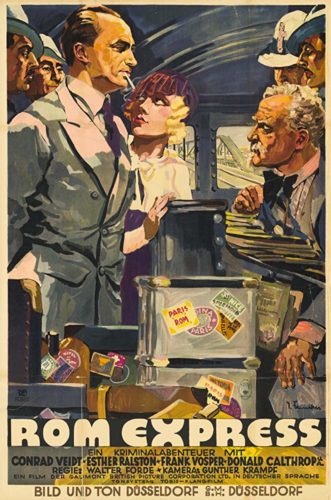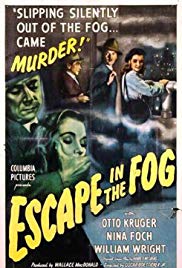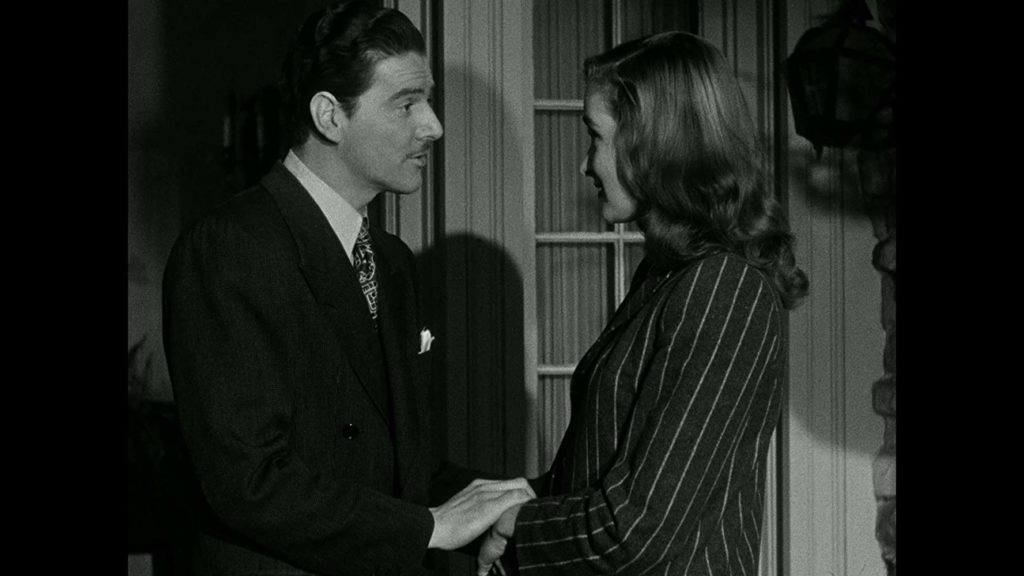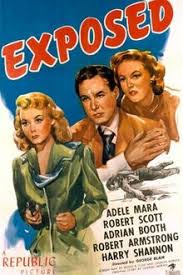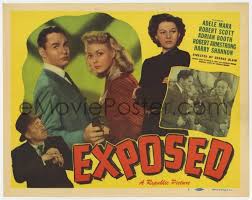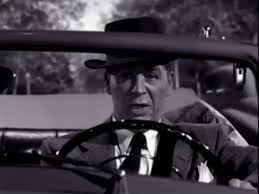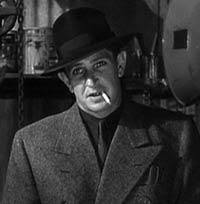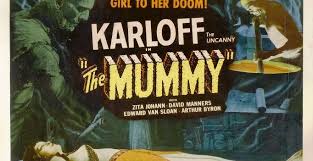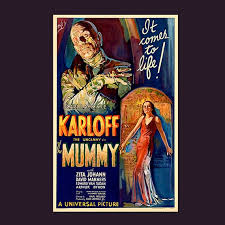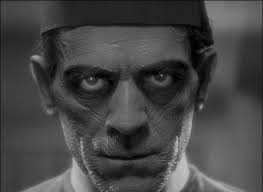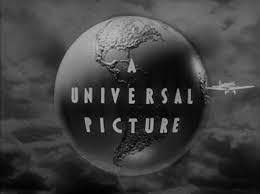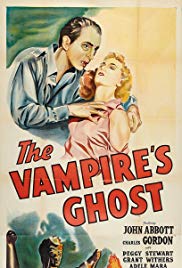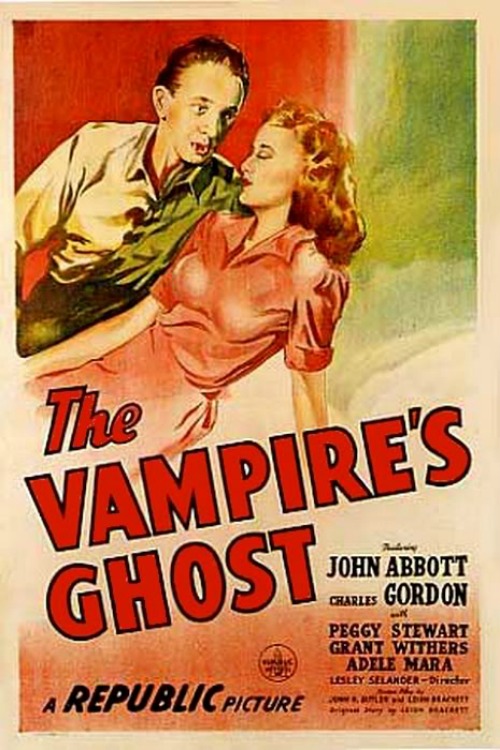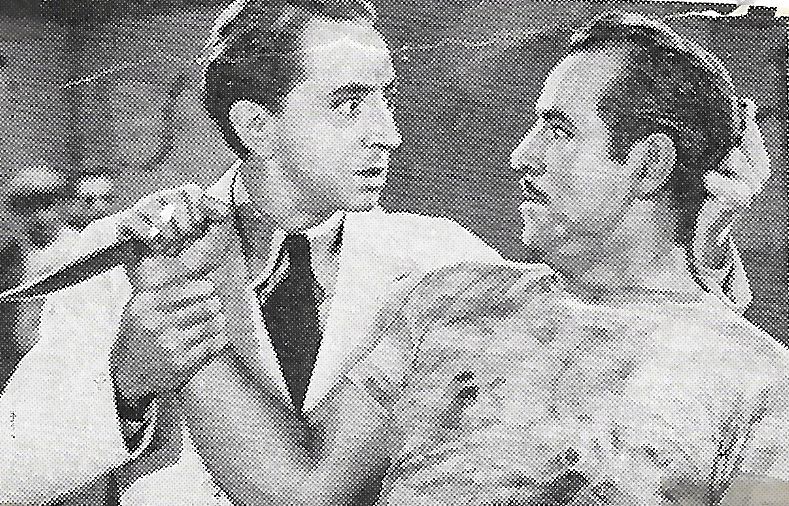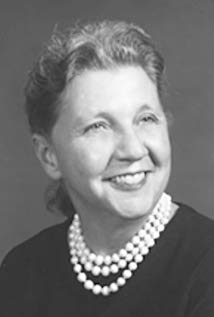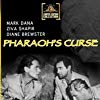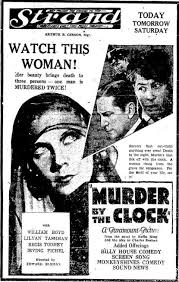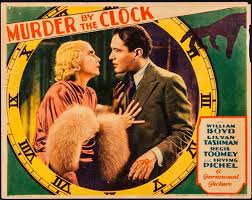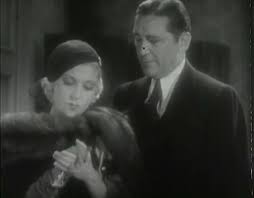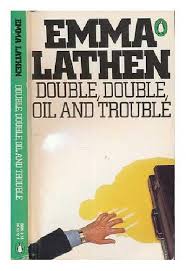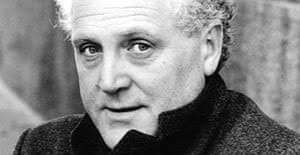Rome Express (1932)
IMDb meta-data is run time of 1 hour and 34 minutes, rated 6.6 by 379 cinematizens.
Genre: Mystery.
Verdict: Snappy.

The usual suspects gather for the Otranto train at the Gare de Lyon, the British aristocratic wife making off with an oily paramour, a twitchy Pomme who never lets go of a battered briefcase, the American glamour puss with her brassy manager, a moustachioed French police officer, an arrogant British business stereotype who bullies his grovelling assistant, a languid Major Strasser with a reluctant offsider, a Scots golfer who won’t shut up, a woman of a certain age with a dachshund, and assorted boors and bores. No boars were sighted.
We see much hustle and bustle at Le Gare as luggage is loaded, provisions for the restaurant car are manhandled into place, cabins are primped, engine valves are checked, moving parts oiled, dining car tables set, and as one baggage cart rolls along an attendant pastes on destination labels for Rome, including one carefully applied to the tag on dachshund who is riding along on top. There are many such touches from director Walter Forde.
As passengers gather reading material, all of them having forgotten their iBooks, over the shoulder of one we read in a newspaper that a Van Dyke painting has been stolen. Several passengers, it emerges, have an interest in Dick’s painting. The police officer is insulted that such a priceless work should have been stolen in Paree! The business stereotype had been thwarted in the attempt to buy it and has schadenfreude in seeing that it has been stolen from the successful purchaser. Twitcher who thought he was being so cool and nonchalant has to be the thief. No one but a thief could try so hard to appear indifferent.
Then there is Major Strasser who followed Twitcher with the knowledge that he is the thief, and Strasser proposes to relieve the Twitter’s guilty conscience by stealing the painting from him. His offsider is game for that but it emerges that Strasser also plans to use Twitcher as a literal cut-out. [Figure it out.] The offsider is not happy at that prospect, less so when he bumps into Glamour Puss in the corridor and they remember old times before the movie began.
There is a marvellous scene when Twitcher is lured into a card game to pass the time, and meets Strasser — again, recognising each other, without a word, for what they each are: the Twitcher a clever thief, and Strasser a satanic villain. Strasser’s malevolence behind the charming smile is tour de force acting.
The briefcase is mislaid that brings the business stereotype into the action along with his groveller. Offsider decides to split. Strasser kills Twitcher. The police officer investigates and Strasser charms his way into the suspension of belief in another remarkable gambit.
When finally cornered he either tries to escape by jumping off the train or committing suicide I could not tell what the screenwriter’s intention was. Maybe the director just yelled ‘Cut!’
Throughout the momentum of the hurdling train is cross-cut into the action to give a sense of urgency. It passes through Swiss border control and enters Italy where the carabinieri board the train to assist the French police officer to comb his moustache.
This is one of the first mystery train films, and many more have since followed in its tracks. It was re-made in France in 1950.
Conrad Veidt played the villain, Strasser, perfectly. Connie been in the German Imperial Army on the Eastern Front in World War I, and as he recovered from wounds he hung around the theatre where his wife worked, and in time became himself an actor on the stage and then in silent films. When race registration begin after 1932, his wife was Jewish, and so he claimed that he was, too, to support her, though he was not. In his words, ‘to do otherwise was to renounce her,’ and this he would not do.

This stand ended his film career in Germany within a matter of minutes and the pair of them started to learn English and fled to London. Along with a number of British and expatriate actors later he moved on to Hollywood to promote films that might help persuade neutral America into the war on the English side. He played evil Nazis more than a dozen times. This was an easy step since in his silent movie career he had played the Devil in None of the Woman Born [1918] and Kurfürstendamm [1920], Lucifer in Satan [1920]), and Death in Unheimliche Geschichten [1919]. He died in 1943. He would have been a perfect foil for Max in the Seventh Seal.

